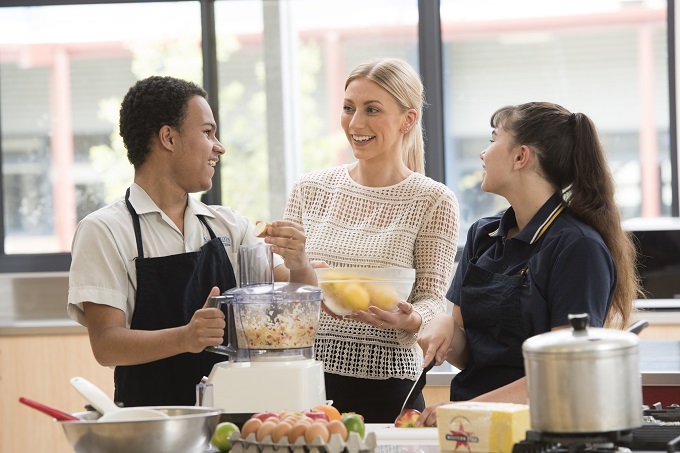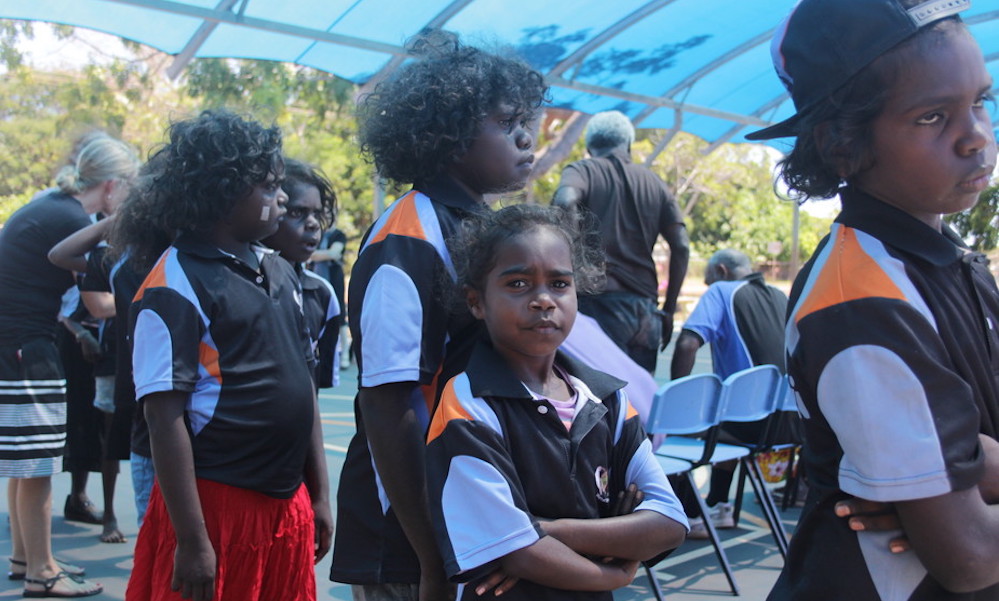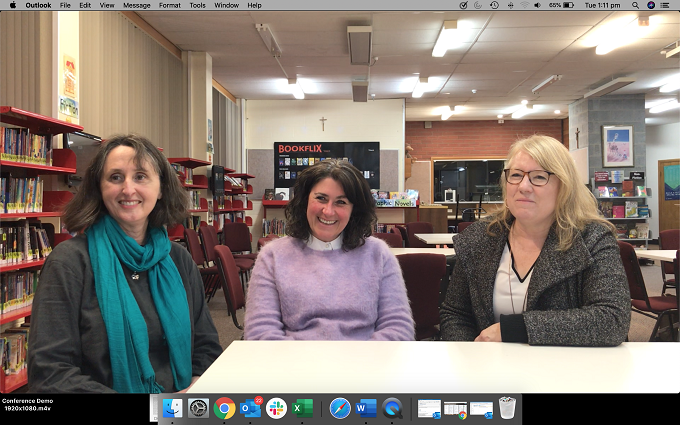What is a wishlist and why your school needs one
In an ideal world, schools would receive all the funding they need from the government. In the real world, sometimes we need to look closer to home.

Many educators, given the opportunity, could list a dozen things that would significantly enhance their school’s learning and social environment. From classroom resources to playground equipment, these items have the potential to make a tangible difference.
Read the latest print edition of School News HERE
While P&Cs are the traditional conduit between schools and the community for raising funds and making purchases, some schools might be willing to go straight to the source.
A wishlist can also be set up in conjunction with the parent association. Every school is different, but in most, families will be willing and able to contribute directly. If you don’t ask, you’ll never know.
Here is a guide for schools to create a wishlist and communicate their needs directly to the parent community.
Teachers can make individual lists and share them directly with their own classes.
Identify what is needed
Survey teachers and staff to determine what your school needs. Don’t just focus on the classrooms; think outside the box. Talk to ground staff, administration, and support staff. Consider art materials, classroom supplies, books, playground and sporting equipment, gardening supplies, games and technology. A wishlist is ideal when setting up a Home Corner in your Kinder and Pre-Primary classrooms.
Your wish list does not need to be limited to tangible donations. It might incorporate a project the school wants to undertake, such as creating a kitchen garden, building a sandpit, painting a mural, or relocating a shed. Therefore, you might also want to ask for physical labour or access to equipment such as trailers, cherry-pickers, and small loaders.
It’s vital to be specific when creating a wishlist; otherwise, you may end up with piles of unwanted and unusual items. Make sure you quantify your list with amounts (only one or two old fry pans are required for the sandpit) and whether the request is ongoing or comes with a specific deadline.
Building a story around what the items will be used for can create a sense of ownership. You need dress-ups for kindergarten, chess sets for the senior class, beanbags for the sensory corner, and woodchips for the succulent patch.
Determine how you will share and promote your list
It’s important that your list reaches the people who can fulfill it, so you need to consider the many platforms available. Will you send a paper list home with every student, email families, put the list in the newsletter or share it on the school’s Facebook page?
Will you be reaching out to graduates and alumni or asking members of the wider community? In this case, you might want to approach your local newspaper to share your wishlist more widely.
Make sure you provide the contact details of one or more people who are qualified to answer questions. Will you have one central person responsible for the list, or will you have different contacts depending on the project for which the items are required?
Monitor donations and update the list
Consider how you will update your wishlist when certain items are donated. It’s vital that the list is kept current so that you don’t wind up with donations that exceed requirements. There are a number of companies and free software options that enable you to build wishlists, and parents can pledge items online, which removes them from the list, much like a wedding registry, but without the towels and gravy boat.
Alternatively, you can create a wishlist on a board in the front office, canteen or assembly space where people can cross off items they are pledging.
Consider when and how your donations will be collected. Will there be a dedicated space for small items, such as books or sandpit toys, to be dropped off?
Acknowledge and celebrate your donors
It’s important to express gratitude for donated items, no matter how big or small, but without spamming families with endless communications. Share stories and images of how items have been used and send personalised thank you notes for larger contributions.
A wishlist is a strategic way to source unusual or hard-to-find items. Even the name itself, sets it apart from regular giving and can also be a way to engage and build school community by creating a common goal.







